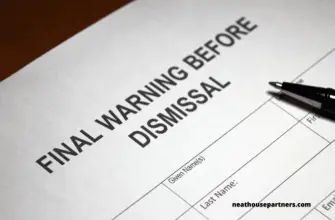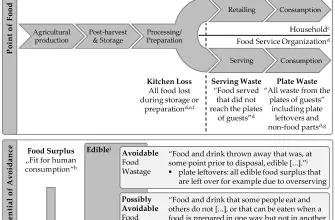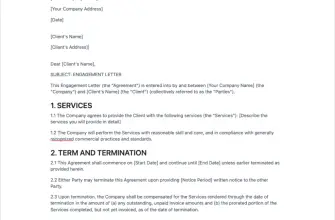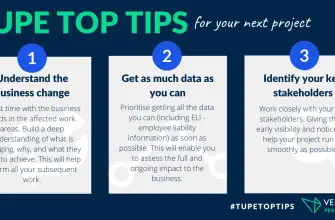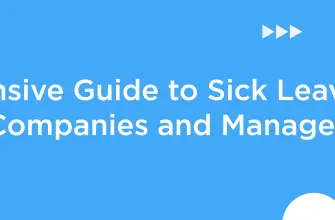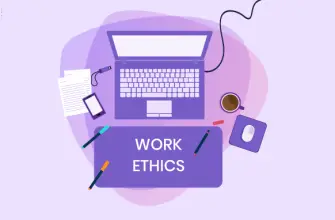As a manager, one of your key responsibilities is to ensure that your team members are performing at their best. This includes reviewing their performance during their probation period. The probation period is a crucial time for both the employee and the employer. It’s a time when the employer assesses the employee’s suitability for the role and the organization, and the employee gets to understand the job requirements and the company culture. This article provides a comprehensive guide on how to effectively review employee probation periods.
Understanding the Probation Period
The probation period, also known as the probationary period, is a specific duration at the start of an employee’s employment. It can range from a 3 month probation period to a 6 month probation or even a 12 month probation period. During this time, the employee is on a trial period at work, and their performance and behavior are closely monitored. The probation period employment is a critical phase in the employment probationary period as it helps determine whether the employee is a good fit for the job and the company.
Importance of Probation Review Meetings
Probation review meetings are an essential part of the probation period. These meetings provide an opportunity for the manager and the employee to discuss the employee’s performance, address any issues, and set goals for the future. A probation review meeting template can be used to structure these meetings and ensure that all important points are covered.
Conducting a Probation Review Meeting
When conducting a probation review meeting, it’s important to be prepared. Use a probation review meeting invite to inform the employee about the meeting. During the meeting, use a probation review template to guide the discussion. Ask the employee about their experience so far, discuss their performance, and provide feedback. Probation review questions can help facilitate the conversation.
- What are your thoughts on your performance so far?
- What challenges have you faced and how have you overcome them?
- What support do you need to perform better?
- What are your goals for the next period?
Dealing with Unsuccessful Probation
Unfortunately, not all employees pass their probation. If an employee is failing probation period, it’s important to handle the situation professionally and sensitively. Discuss the reasons for the failed probation with the employee and provide constructive feedback. If the decision is to terminate the employment, follow the probation period termination notice requirements. Remember, a termination in probation period should be the last resort after all efforts to support the employee have been exhausted.
Confirming Successful Probation
If an employee successfully completes their probation, it’s important to acknowledge their hard work and commitment. Use a letter of confirmation of employment after probation to officially inform the employee that they have passed their probation. This is also a good time to discuss their future goals and expectations.
Extended Probation
In some cases, you may decide to extend an employee’s probation period. This could be due to various reasons such as the employee needing more time to improve their performance or because of circumstances beyond the employee’s control. While extended probation is not necessarily bad, it’s important to clearly communicate the reasons for the extension and the expectations during the extended period.
Conclusion
Reviewing an employee’s probation period is a critical task that requires careful planning and execution. By conducting thorough probation review meetings, providing constructive feedback, and making fair decisions, you can ensure that the probation period serves its purpose of assessing an employee’s suitability for the role and the organization.
Remember, the goal of the probation period is not just to decide whether to keep the employee or not, but also to help the employee succeed in their role. Therefore, use this period to support your employees, help them overcome challenges, and set them up for success in your organization.


